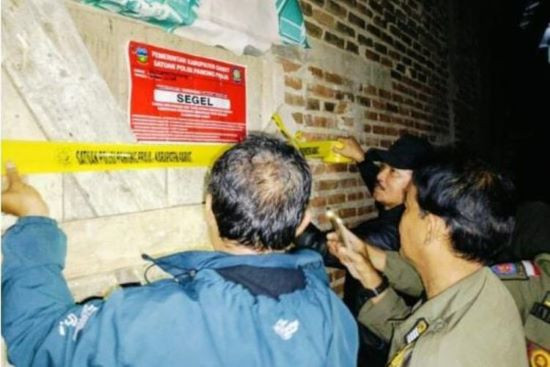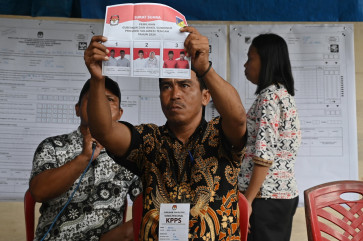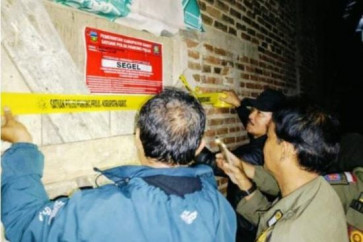Popular Reads
Top Results
Can't find what you're looking for?
View all search resultsPopular Reads
Top Results
Can't find what you're looking for?
View all search resultsAhmadiyah attack: Is Indonesia getting intolerant, or not?
While the majority of Indonesians continue to uphold the values of tolerance and acceptance, the frequency and severity of such incidents may suggest that the fabric of Indonesia's religious harmony is fraying.
Change text size
Gift Premium Articles
to Anyone
I
ndonesia, with its rich tapestry of cultures, ethnicities and religions, has long prided itself on being a beacon of religious tolerance, where the official motto of Bhinneka Tunggal Ika (Unity in Diversity) welcomes inclusivity. However, recent events such as attacks on the Ahmadiyah community in Garut, West Java, have cast a shadow over this image for some people, prompting a reevaluation of Indonesia’s reputation for religious tolerance.
But should “isolated” incidents like Garut, which ended in a place of worship used by the community being sealed by the authorities, be simply taken at face value as being representative of Indonesia’s “fraying” religious tolerance? Well, that might depend on whether such incidents are isolated or not; a repetitive pattern might indicate that they are systemic problems, as will increasing frequency of such events.
But hold on. Could an incident in Garut be taken as an indicator of Indonesian intolerance as a whole? Could it be that the problem is limited to a local community, and is not endemic to the country? After all, with its huge and diverse areas, Indonesia is a microcosm of many communities; what is right for Garut may not be right for Bali, or vice-versa.
Admittedly some areas may have more conservative communities, but could they be said to represent millions of other Indonesians, who continue to lead mundane, peaceful existences? Are these “peaceful millions” not the face of “tolerant Indonesia” as opposed to a small intolerant community or group of people, who could be said to exist on the fringes?
Reversing the argument yet again, people with extremist ideals do tend to go out of the way to express their ideology, a phenomenon called violent extremism. Sometimes, incidents like Garut are representative of a much larger problem which is seething within, and unless such symptoms are recognized earlier, they become huge problems consequently.
In other words, such so called isolated incidents could be symptoms of a much larger, systemic problem; maybe we are just now barely scratching the surface of intolerance in Indonesia, when we discuss Garut.
As I state my “to-and-fro” case above, I am also tying myself into knots; is Indonesia getting religiously intolerant, or not? Honestly, I don’t know (though I fervently hope not), and neither do many of those who comment upon this.



















